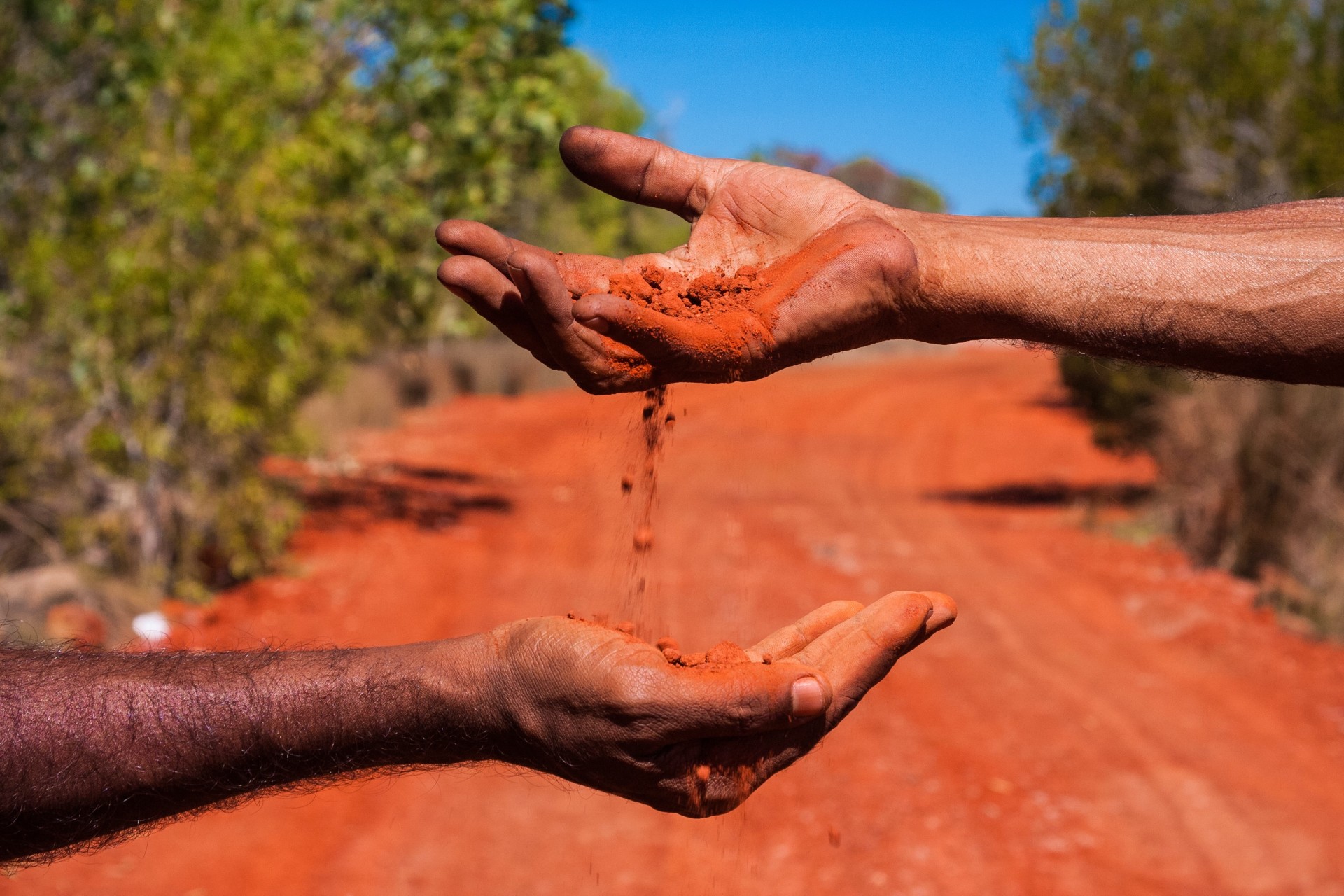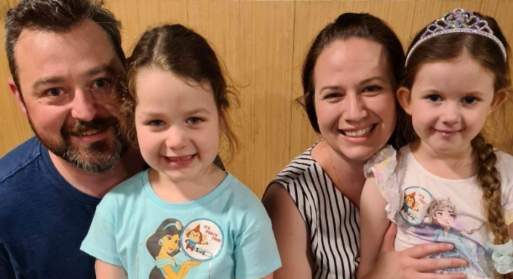A new study revealed that rates of diabetes in remote West Australian communities have been drastically underestimated. The prevalence of type 2 diabetes in Kimberley Aboriginal Communities is five times higher than those registered for the National Diabetes Services Scheme (NDSS), the most widely used national data source, according to a study published in the Journal of the Australian Indigenous HealthInfoNet.
Using primary care data from Aboriginal Community Controlled Health Organisation (ACCHO) attendees, the study found prevalence rates of 29.6% in remote communities in the Kimberley region, with an additional 8.6% having pre-diabetes. By way of comparison, the prevalence of diabetes across the nation in non-Aboriginal Australians is thought to be around 6%.
Another alarm bell is the worrying number of younger people living in remote Aboriginal Communities who are being diagnosed with type 2 diabetes — a condition that more typically presents in older people. The study shows that in the 15 to 34 age bracket, 9.7% had type 2 diabetes and an additional 10.2% had pre-diabetes. This is particularly concerning as young-onset type 2 diabetes is known to be more aggressive and associated with a greater risk of complications.
Diabetes WA CEO Melanie Gates has called for more investment in ACCHOs to help close the diabetes gap.
“Diabetes WA is committed to the Closing the Gap priority reforms which respect the importance of self-determination by Aboriginal communities and strengthening the role of the ACCHO sector,” Ms Gates says.
“These new figures show the need for greater investment in that sector. We are calling on governments to make that investment.”




